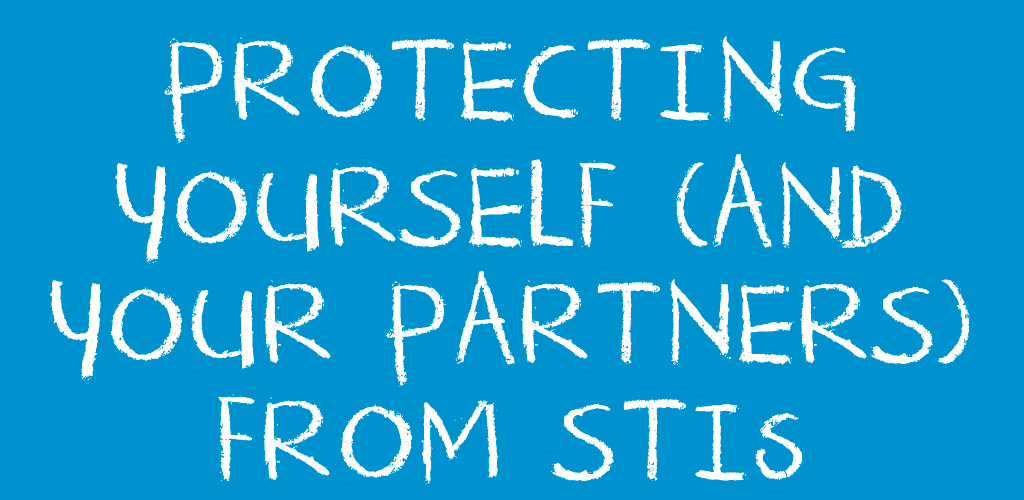Protecting Yourself and Your Partners from STIs
There are lots of ways to avoid getting or passing on an STI. The key word here is protection.
Here are some of the ways you can protect yourself and your partner
- If you can, ask partners about their STI history and if they’ve been tested. Get tested yourself when you and/or your partner has a new sexual partner. If you have new partners often, get tested every 3-6 months.
- Masturbate alone or with a partner.
- Use a condom when you have vaginal*, anal or oral sex. (Using water- or silicone-based lube with condoms can increase pleasure, prevent bleeding and stop condoms from ripping. Do not use oil-based lube with condoms, as it makes condoms more likely to break)
- Use a condom when sharing sex toys with a new partner.
- Clean and disinfect sex toys by using soap and hot water or use a new condom on the toy each time it’s used on a new partner.
- Use gloves for vaginal or anal sex with fingers or fists.
- Use condoms cut along one side or dental dams for oral-vaginal sex or oral-anal sex (rimming). Using non-microwaveable plastic wrap can also reduce your risk.
- There are vaccines to prevent hepatitis B and some strains of HPV. Talk to your clinician for more information.
- Using condoms, dams, and gloves is most effective but it can also help to:
- pull the penis out before ejaculating
- avoid having sex during menstruation
- don’t brush or floss your teeth just before oral sex (because it may make your gums bleed)
- avoid sex when you’re really drunk or high
For more on safer sex tools, check out our info pages on The External Condom [Link], The Internal Condom [Link], and Dental Dams [Link].
When it comes to STIs, knowledge is your BFF
- You can’t usually tell if someone has an STI so before you have sex, so it’s a good idea to talk to your partner about their testing history.
- Before you have sex, look closely at your partner (everywhere!) for any sign of an STI such as a rash, sore, redness or discharge. Remember: even if you don’t see something obvious, they could still have an STI.
- Know the signs and symptoms of STIs. For more information, check out our page Do I Have an STI? [Link]
- Talk to your health care provider about vaccines that can prevent some forms of hepatitis and HPV.
| Useful Tips |
Get tested early and often!
|
If you have questions about this topic, feel free to contact one of our peer educators. [Link]
*We know that these aren’t the words everyone uses for their bodies (eg. trans folks), and support you using the language that feels best for you.
Last Edited: May 2020






